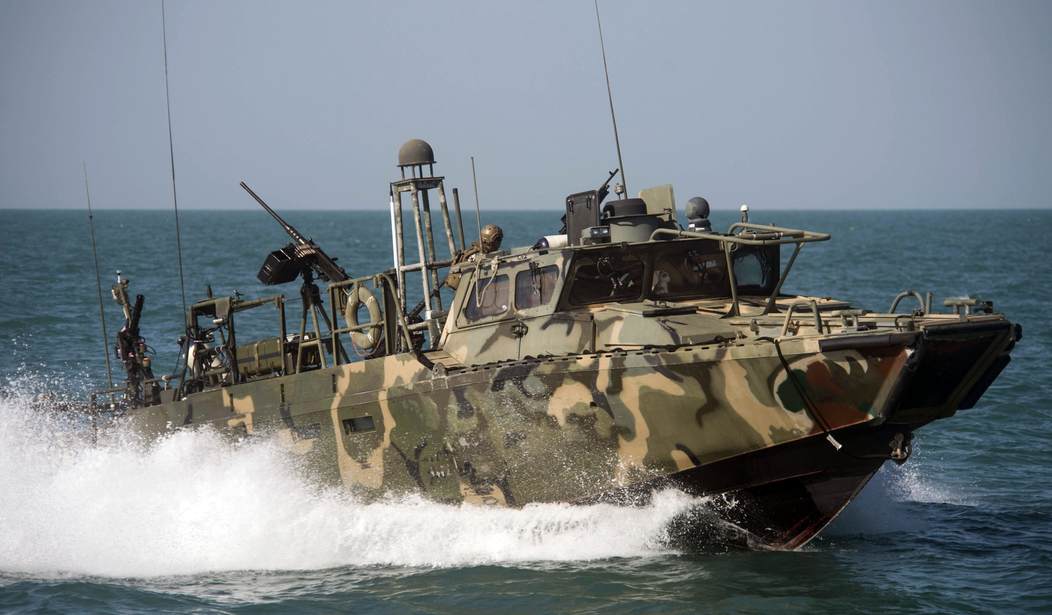It’s been more than six months since the incident in the Persian Gulf where two U.S. naval riverine vessels strayed into Iranian waters and were captured by elements of the Revolutionary Guard. After an extensive investigation, the Navy has found numerous problems associated with the mission and the personnel, and it is likely that at least nine officers and sailors will see disciplinary action.
The report will be released next week.
The mission was plagued by problems even before it began. The day before, one of the boats had mechanical problems and maintenance personnel were forced to cannibalize a third vessel to fix it. The investigation found “the mission was plagued by communication failures, shortcomings with maintenance and training, missteps by members of the boat crews, and a lack of rigorous oversight by commanding officers.”
A smorgasborg of clusterfarks.
The sailors had set out from Kuwait after noon local time on what was supposed to be a routine mission to Bahrain. But they had no experience navigating across the Persian Gulf in their small riverine command boats, which are only about 50 feet long, and were not accustomed to traveling such a long distance. Before they departed, the crew also had to cannibalize a third boat to make last-minute repairs.
After having sailed into Iranian waters without realizing it, one of the American boats — the one that had to be fixed the day before — broke down. As the sailors tried to fix the bolt on the engine mount, two Iranian Revolutionary Guard patrols arrived, with their weapons pointed at the U.S. sailors. Soon a third ship showed up, followed by a fourth ship that was larger and more heavily armed. The Americans decided they would surrender to the Iranian Revolutionary Guard troops rather than try to shoot their way out.
The Iranians filmed 10 U.S. sailors kneeling with their hands on their heads, while the skipper of the boats, Lt. David Nartker, apologized for their navigation error, and then promptly released the videos.
Secretary of State John Kerry secured the release of the sailors within 16 hours, following a flurry of phone calls to his Iranian counterpart, Mohammad Javad Zarif. But Republican lawmakers accused the administration of caving in to the Iranians and withholding key details about what had actually caused the miscue.
Sen. John McCain (R-Ariz.), the chairman of the Senate Armed Services Committee, said Iran had violated international law by seizing the boats and accused the Obama administration of dragging its feet in divulging details of the episode. McCain even threatened to subpoena the sailors involved if the White House and the Pentagon failed to cooperate.
Since then, McCain and other lawmakers have received regular updates on the case from Navy officers and the Republican senator has dropped threats of a subpoena. The Navy’s top officer, Adm. John Richardson, is due to publicly release the findings of the five-month investigation next week at the Pentagon and announce changes in procedures designed to ensure the blunder is not repeated.
Cutbacks in the defense budget have apparently hit the Navy hard as spare parts were in short supply to fix the broken vessel before they began their mission. The report sounds as if several people were asleep at the switch. It seems incomprehensible that no one was tracking the vessels as they maneuvered through what was basically a war zone.
When the boats veered off course, no one at an operations center warned the sailors they were heading towards Iranian waters.
All in all, it appears that the entire unit suffered from poor leadership. Little coordination, bad communication, and plain, vanilla incompetence led to this embarrassing failure.










Join the conversation as a VIP Member